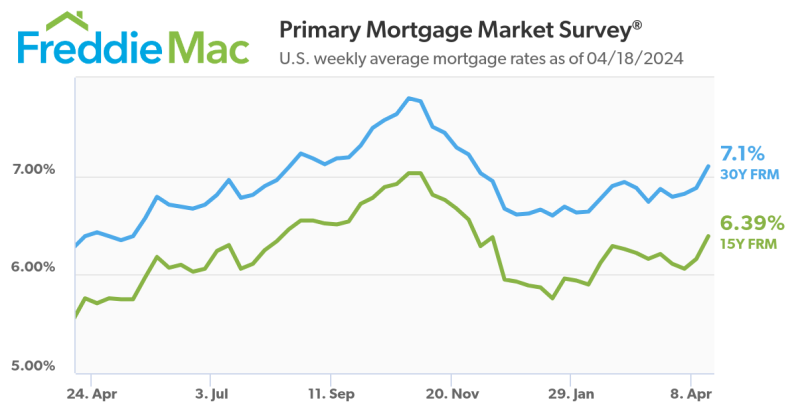Advertisement
NAMB Calls on FHA to Change MIP Structure

NAMB—The Association of Mortgage Professionals has called on Federal Housing Administration (FHA) Commissioner Brian D. Montgomery to consider changing the Mortgage Insurance Premium (MIP) structure in order to make the FHA mortgage more competitive with other loan products.
In a letter to Montgomery, 2019 NAMB President Richard M. Bettencourt Jr. complained that the “credit quality of borrowers using an FHA loan has deteriorated” after Fannie Mae and Freddie Mac introduced their HomeReady and HomePossible products that offered conventional loans at 3 percent down and with mortgage insurance premiums lower than the FHA product.
“We are concerned that FHA is only attracting the lowest credit score and highest debt-to-income borrowers which ultimately puts the Mutual Mortgage Insurance Fund at a greater risk for loss,” Bettencourt wrote.
NAMB’s proposal, Bettencourt continued, was either the implementation of a pilot test of a “tier pricing structure for credit scores similar to conventional loan market where higher credit scores earns a lower annual renewal for the borrower.” Bettencourt added this type of product would enable the FHA to meet its Congressionally mandated two percent cash reserves for the Mutual Mortgage Insurance Fund (MMIF).
After one year, many good FHA borrowers are refinanced into the 97 percent Conventional products so higher MIP can be reduced and eventually eliminated. This structure of FHA leads to less revenue coming to the MMIF from loans that are seasoned and paying into the fund and is a fundamental flaw in the FHA program.
“Tier price for credit scores similar to conventional market-higher credit score earns a lower annual renewal,” Bettencourt stated, noting that many FHA borrowers are refinanced into 97 percent conventional loans after one year, resulting in a lower or eliminated MIP. “This structure of FHA leads to less revenue coming to the MMIF from loans that are seasoned and paying into the fund and is a fundamental flaw in the FHA program.”
About the author





